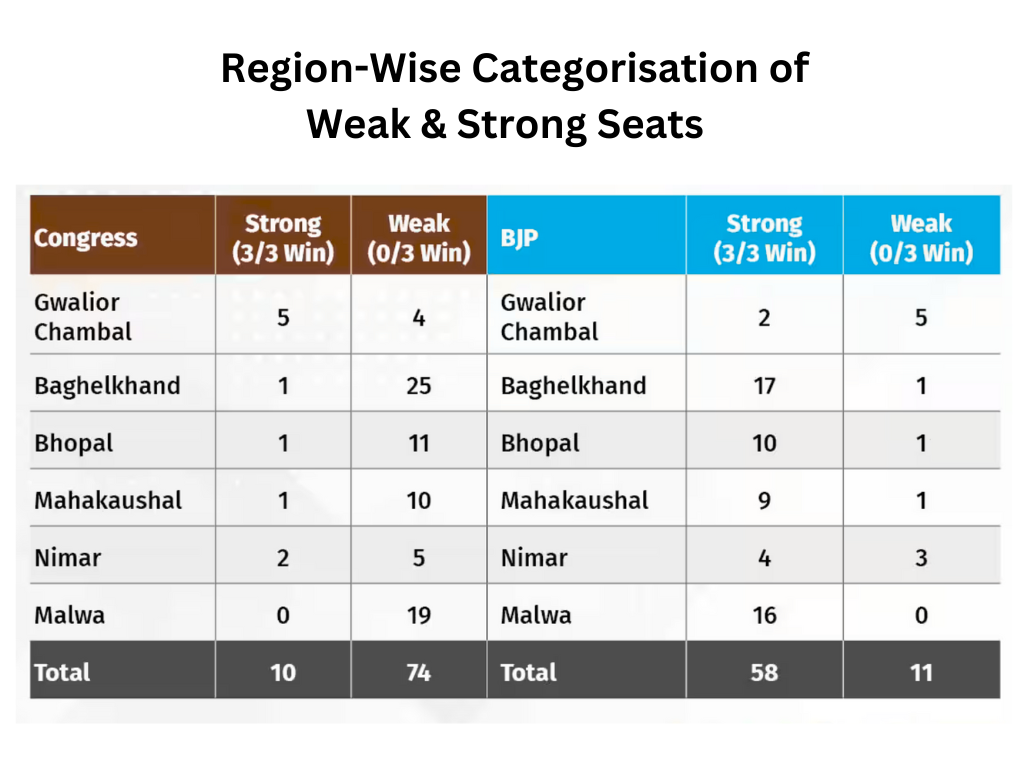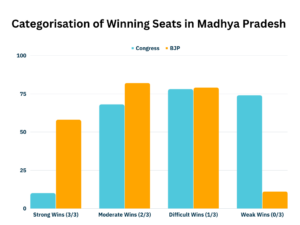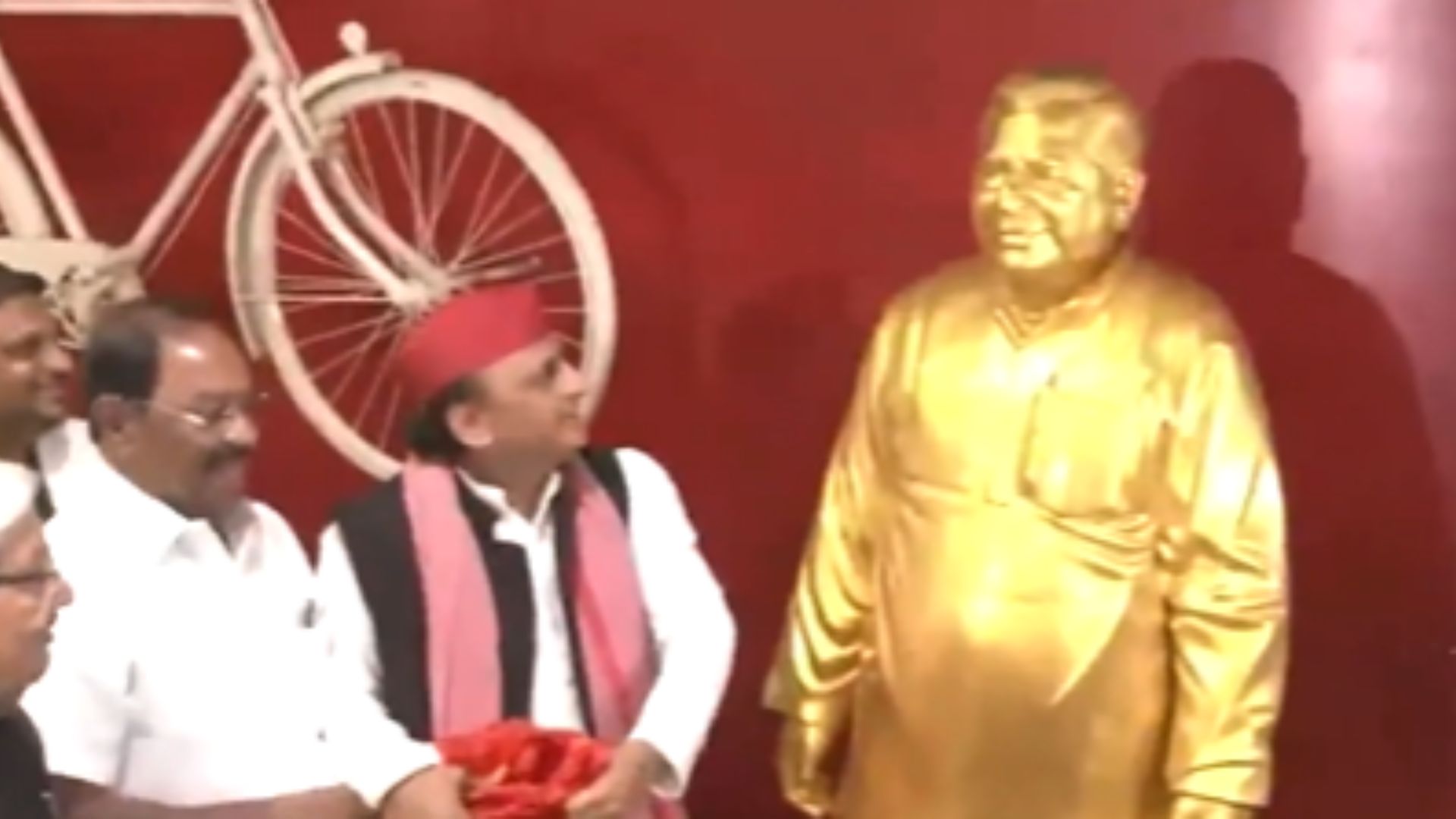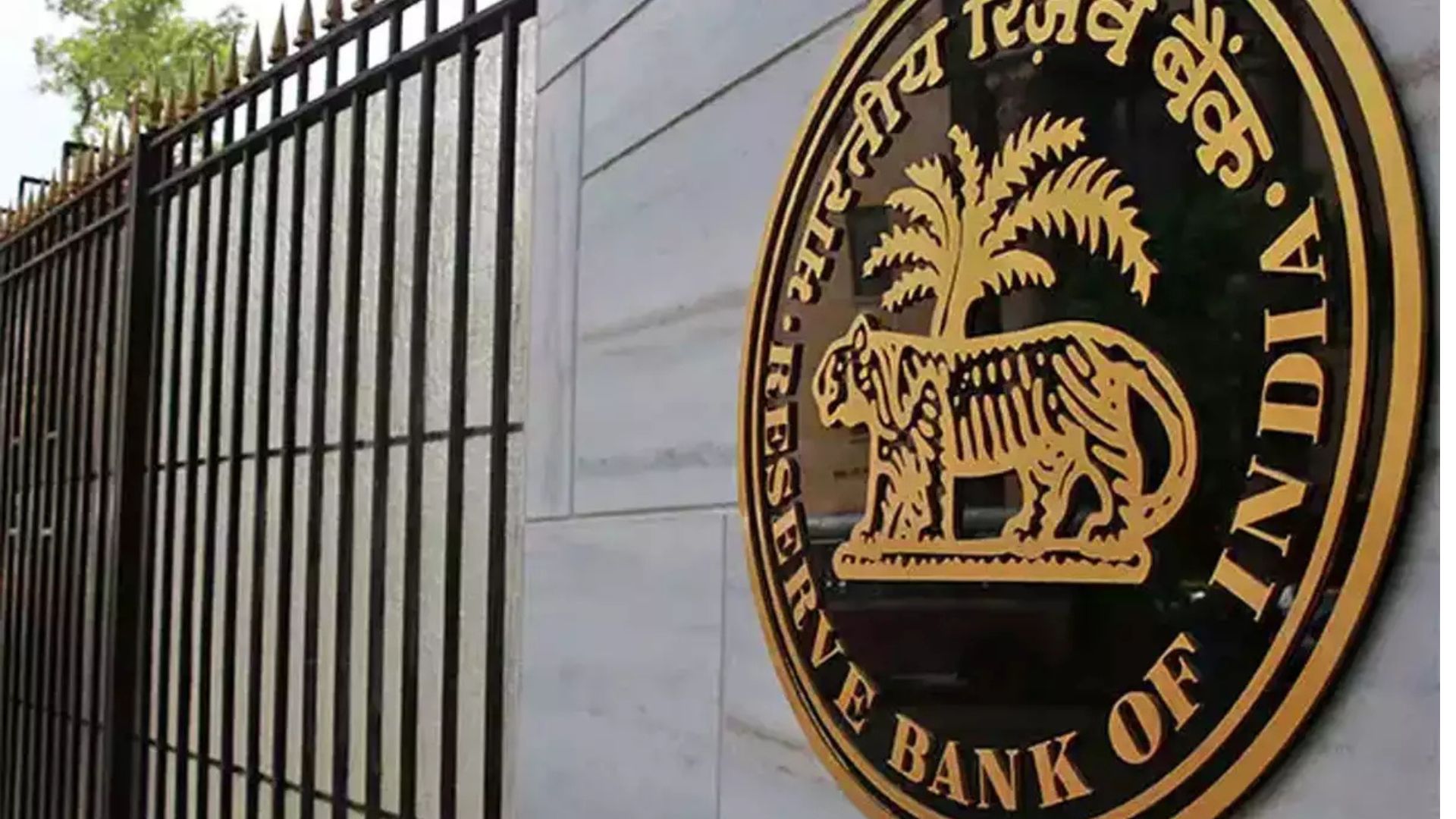
The Janata Dal (United) has named its candidates to contest five seats in the upcoming Madhya Pradesh assembly elections, in which its ally, the Congress, aims to challenge the Bharatiya Janata Party’s (BJP) authority. This list, disclosed by JD(U) national general secretary Afaq Ahmed Khan on 24 October, marks the party’s initial selection of candidates for Madhya Pradesh. The state is set to hold elections for its 230-member assembly on 17 November.

The five candidates who were named by the party are: Chandra Pal Yadav for the Pichhor seat, Ram Kunwar Raikwar for Rajnagar, Shiv Narayan Soni for Vijay Raghavgarh, Tol Singh Bhuria contesting for Thandla, and Rameshwar Singla for Petalawad. Bihar Chief Minister Nitish Kumar, the JD(U) leader, parted ways with the BJP a year ago when he joined the “Mahagathbandhan,” a coalition consisting of his arch-rival Lalu Prasad’s Rashtriya Janata Dal (RJD), Congress, and the Left Front. He vowed to challenge the NDA in the 2024 Lok Sabha elections by forging a nationwide opposition alliance.
Kumar’s efforts have played a crucial role in forming the multi-party INDIA coalition. In Madhya Pradesh, where the BJP has held power for two decades, except for a 15-month period under Congress leader Kamal Nath, Kumar’s party becomes the third member of the alliance to declare its candidates.
CLOSE BATTLE AND SWING SEATS
Meanwhile, Congress and BJP are locked in a close battle in Madhya Pradesh with most surveys predicting a photo finish similar to the one witnessed in 2018 when BJP won 109 seats and Congress 114 in a house of 230. The BJP has been in power for almost 20 years since 2003, except for a brief 15-month period between December 2018 to March 2020. Eighteen years and eight months is a long enough period for developing anti-incumbency. Analysts say Shivraj Singh Chouhan, who has been Chief Minister for most of this period, is suffering from voter fatigue—experts are of the opinion that the party is shying away from declaring him as its Chief Ministerial face. Despite all this, surveys show Congress just scraping through, with CVoter giving 119 and ETG 123, where the majority mark is 116.
A categorisation of seats on the basis of the last three elections of Madhya Pradesh, 2008-18, highlights key reasons for Congress’ underperformance. If a party has won a seat 3/3 times in the last three polls since the delimitation exercise in 2008, it can be categorised as a “strong” seat. If won 2/3 times then it can be called a “moderate” seat, and if won 1/3 times then “difficult” and if it hasn’t been won at all (0/3 times) then we can call it a “weak” seat. The categorisation shows a low number of “strong” seats for Congress (10), but a very high number of “weak” seats (74). On the other hand, BJP has a comparatively high number of strong (58) and less number of weak seats (11).
Madhya Pradesh also has 64 swing seats, 61 of which have been swinging like a pendulum between Congress and BJP in the last three polls. Congress won 41 of these in 2018 while the BJP 20. The Congress will need to slog hard to retain these seats to break this swinging trend. On a net basis, it could face the wrath of the trend in 21 seats (41 minus 20).
CONGRESS’ STRATEGY
Kamal Nath, early on, recognised the challenges faced by the Congress, and had entrusted Digvijaya Singh to tour 66 assembly seats the party had not won for multiple terms now. In 2018, months ahead of the state assembly election, Digvijaya had similarly completed the arduous six-month-long Narmada Parikrama on foot, which was credited with helping rebuild the Congress organisation along its course. During his recent tour, he visited over 100 assembly constituencies and may have sowed the seeds of a Congress comeback. Digvijaya has reportedly prepared a roadmap for a Congress win in these seats in the upcoming polls in 2023. He stressed on the five S’s: sampark (contact), samvad (communication), samanvaya (coordination), samanjasya (adjustment) and sakaratmakta (positivity) during his tour to these seats. On the other hand, the BJP has fielded seven MPs to boost its prospects in seats it lost in 2018 to the Congress. Both parties are trying to make a dent in each other’s backyard. To sum up, winning Madhya Pradesh is very important for the Congress party, as it provides confidence to the cadre that it can defeat the BJP in a Hindi heartland stronghold of the saffron party. It seems to have taken steps to overcome the structural issues it faces in its comeback bid. Only time will tell whether it works or not.















